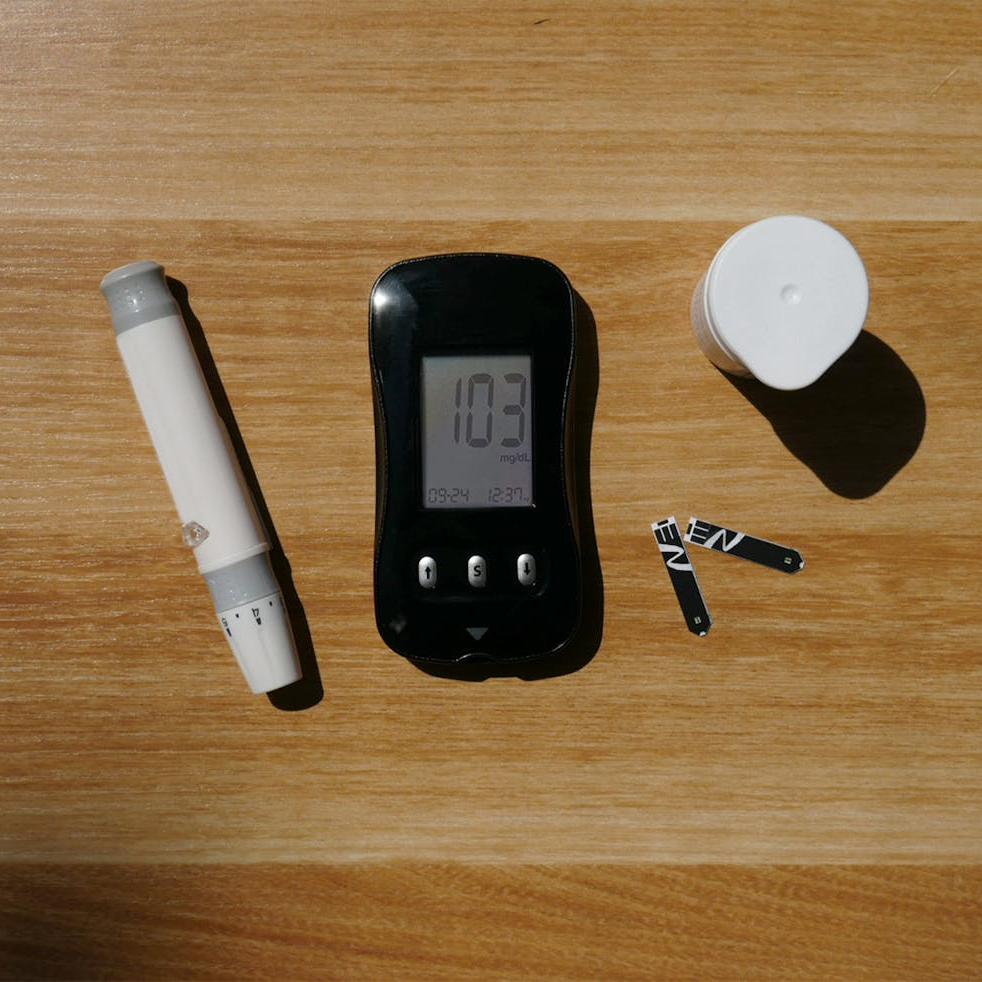Key Takeaways:
- Federal retirees need to consider how Medicare Part D and FEHB interact to ensure their prescription drug coverage meets their needs.
- Comparing the features of Medicare Part D and FEHB can help retirees find the most cost-effective and comprehensive prescription drug coverage.
Medicare Part D vs. FEHB: How Federal Retirees Can Find the Best Prescription Drug Coverage
When federal retirees reach the age of 65, they are faced with a crucial decision regarding their health insurance coverage—whether to enroll in Medicare Part D, stick with their Federal Employees Health Benefits (FEHB) plan, or combine both for optimal prescription drug coverage. Each option offers distinct advantages and challenges, which can greatly impact a retiree’s healthcare costs and access to medications. Understanding how these two programs work together or individually is essential for making an informed decision.
Medicare Part D: Understanding Prescription Drug Coverage
Medicare Part D is a federal program designed to help cover the cost of prescription drugs for individuals enrolled in Medicare. It’s available through private insurance companies approved by Medicare and provides stand-alone prescription drug plans (PDPs) or as part of Medicare Advantage Plans (Part C). For retirees, especially those already receiving health benefits through the FEHB, the decision to enroll in Medicare Part D can be complicated.
Key features of Medicare Part D include:
- Comprehensive Drug Coverage: Part D is specifically designed to help Medicare beneficiaries manage their prescription drug expenses, which can otherwise be overwhelming.
- Formulary Options: Each Part D plan has a formulary (a list of covered drugs) that may vary from plan to plan, which requires careful consideration to ensure a retiree’s medications are covered.
- Pharmacy Network: Depending on the plan, enrollees may need to use specific pharmacies, which can impact convenience and cost.
Federal retirees need to evaluate if enrolling in Medicare Part D provides additional value over their FEHB plan’s existing prescription drug coverage.
FEHB: Comprehensive Health Coverage for Federal Retirees
The Federal Employees Health Benefits program (FEHB) is a government-sponsored health insurance plan available to federal employees, retirees, and their families. Unlike Medicare Part D, which focuses solely on prescription drugs, FEHB offers comprehensive healthcare coverage, including hospital stays, doctor visits, and prescription drugs.
Some key points about FEHB for retirees include:
- Integrated Prescription Coverage: Most FEHB plans already include prescription drug benefits, eliminating the need for additional coverage like Medicare Part D.
- No Late Enrollment Penalties: Unlike Medicare Part D, which imposes penalties for late enrollment, FEHB does not penalize retirees for maintaining their coverage.
- Wide Range of Plan Choices: The FEHB program offers numerous plans with varying levels of coverage and costs, allowing retirees to find one that best suits their health needs.
However, while FEHB plans provide robust drug coverage, retirees need to weigh whether their existing plan covers their medications adequately or if adding Medicare Part D can provide additional savings.
How FEHB and Medicare Part D Work Together
Federal retirees have the option to enroll in both Medicare Part D and maintain their FEHB coverage. But is this dual coverage necessary? For some retirees, enrolling in both can provide peace of mind, but for others, it may result in paying for more coverage than needed.
Here’s how these plans can interact:
- Coordination of Benefits: If a retiree chooses to enroll in Medicare Part D while also keeping FEHB, the two programs coordinate benefits. In most cases, FEHB remains the primary payer, and Medicare Part D becomes the secondary payer for prescription drugs. This can reduce out-of-pocket costs but may also increase premium expenses.
- Prescription Drug Overlap: Since most FEHB plans include prescription drug coverage, enrolling in Medicare Part D may result in overlapping benefits, with both plans covering the same medications. Retirees should carefully evaluate whether the additional coverage is worth the extra expense.
Federal retirees who live in areas where their FEHB plan has limited access to certain medications or pharmacies may find it beneficial to enroll in Medicare Part D. But for others, sticking solely with their FEHB plan can be more cost-effective.
Key Factors to Consider Before Making a Decision
When deciding between Medicare Part D, FEHB, or both, federal retirees should take into account several factors that affect their healthcare needs and financial situation:
-
Current Prescription Drug Needs: Evaluate the list of current medications and determine whether the existing FEHB plan provides adequate coverage. If the plan’s formulary lacks key drugs, Medicare Part D may offer additional benefits.
-
Cost of Premiums and Out-of-Pocket Expenses: Compare the costs associated with maintaining FEHB coverage alone versus adding Medicare Part D. Enrolling in both plans can lead to higher premiums but might reduce out-of-pocket expenses for drugs.
-
Pharmacy Access: Check whether Medicare Part D’s pharmacy network aligns with personal preferences and accessibility. Some plans require using specific pharmacies, which could be less convenient than those available under FEHB.
-
Location and Travel Considerations: For retirees who frequently travel or live in different states during the year, Medicare Part D’s national pharmacy network could be beneficial. In contrast, some FEHB plans may have regional restrictions.
-
Future Health Considerations: Retirees should also consider potential changes in their health needs as they age. Even if their current FEHB plan meets their drug needs, it’s worth evaluating if Medicare Part D provides a safety net for future prescriptions.
Should Federal Retirees Delay Medicare Part D Enrollment?
A significant consideration for federal retirees is whether they should delay enrolling in Medicare Part D. Since FEHB provides robust prescription drug coverage, many retirees opt to postpone Part D enrollment without facing penalties. However, it’s crucial to ensure that their FEHB plan meets Medicare’s “creditable coverage” standard, meaning it is expected to pay as much as Medicare Part D.
Retirees whose FEHB plan meets this standard can delay enrolling in Part D without penalty, giving them flexibility to join later if their prescription drug needs change. Conversely, retirees whose FEHB plan does not meet the creditable coverage standard may face late enrollment penalties when they eventually sign up for Medicare Part D.
What About the Medicare Part B and FEHB Combination?
While this article focuses on Medicare Part D and FEHB, it’s worth briefly noting that federal retirees also need to consider how Medicare Part B (medical insurance) fits into their healthcare strategy. Many retirees choose to combine Medicare Part B with their FEHB plan, as this can lower out-of-pocket expenses for doctor visits and other medical services. However, this combination is separate from Medicare Part D and its prescription drug coverage.
Practical Tips for Federal Retirees Seeking the Best Prescription Drug Coverage
-
Review Annual Coverage Options: Both Medicare Part D and FEHB offer open enrollment periods, making it essential to review coverage annually. Retirees should assess their healthcare needs and any changes in drug coverage to ensure they continue to receive the best benefits at the lowest cost.
-
Utilize Online Tools: Medicare’s Plan Finder tool allows retirees to compare Medicare Part D plans and evaluate coverage options based on their specific medications. Similarly, FEHB participants can use the FEHB Plan Comparison Tool to review and compare different FEHB plans.
-
Consult a Licensed Insurance Agent: Navigating the complexities of Medicare Part D and FEHB can be challenging. Speaking with a licensed insurance agent who understands both programs can help retirees make an informed decision that aligns with their healthcare needs and financial situation.
Finding the Optimal Prescription Drug Coverage for Federal Retirees
Ultimately, there is no one-size-fits-all answer for whether federal retirees should opt for Medicare Part D, FEHB, or both. Each retiree’s healthcare needs and financial situation are unique, requiring a thorough evaluation of how these programs interact. By carefully considering current drug needs, costs, and coverage options, federal retirees can ensure they receive the most comprehensive and affordable prescription drug coverage.
Contact Information:
Email: [email protected]
Phone: 7192900296









